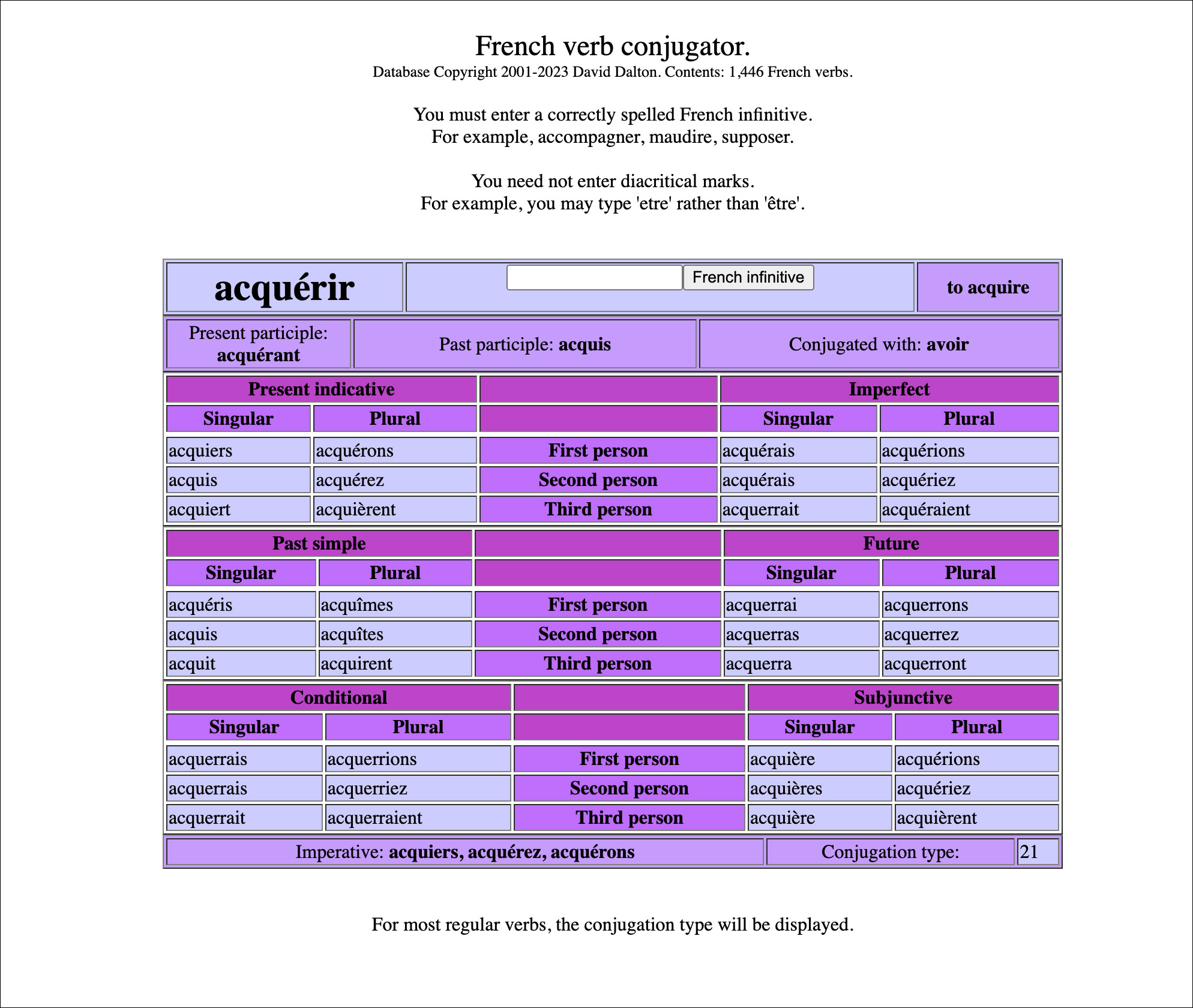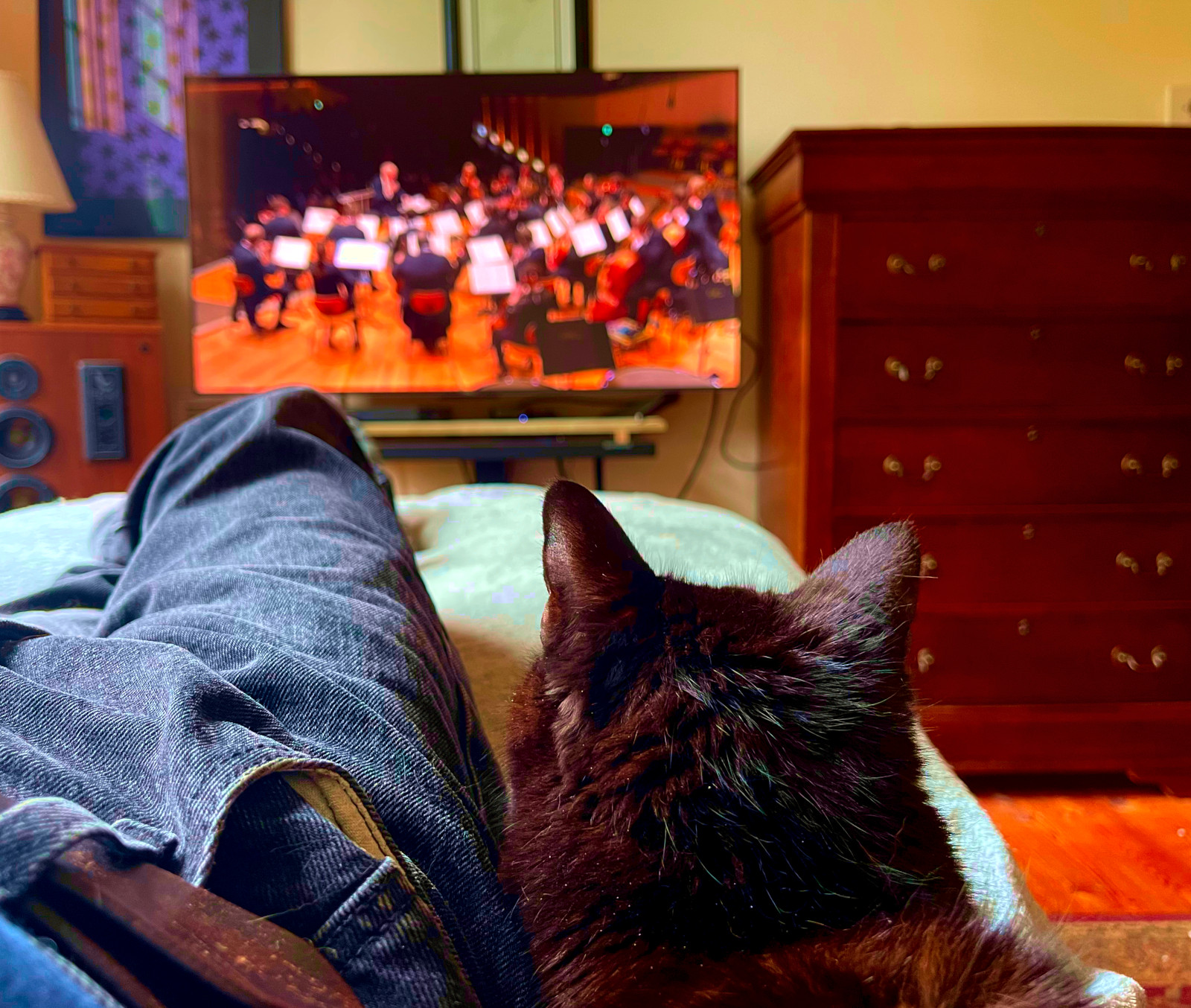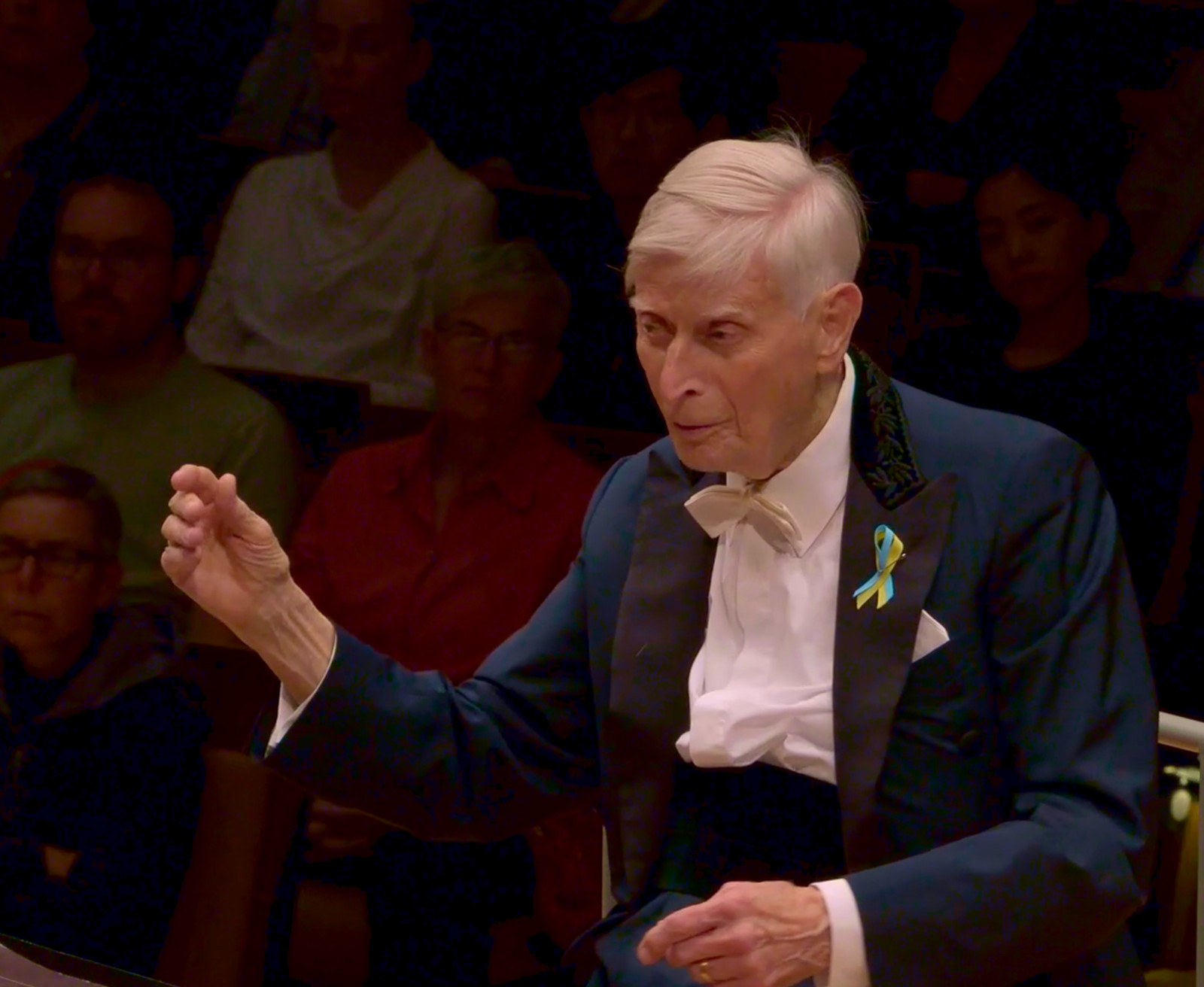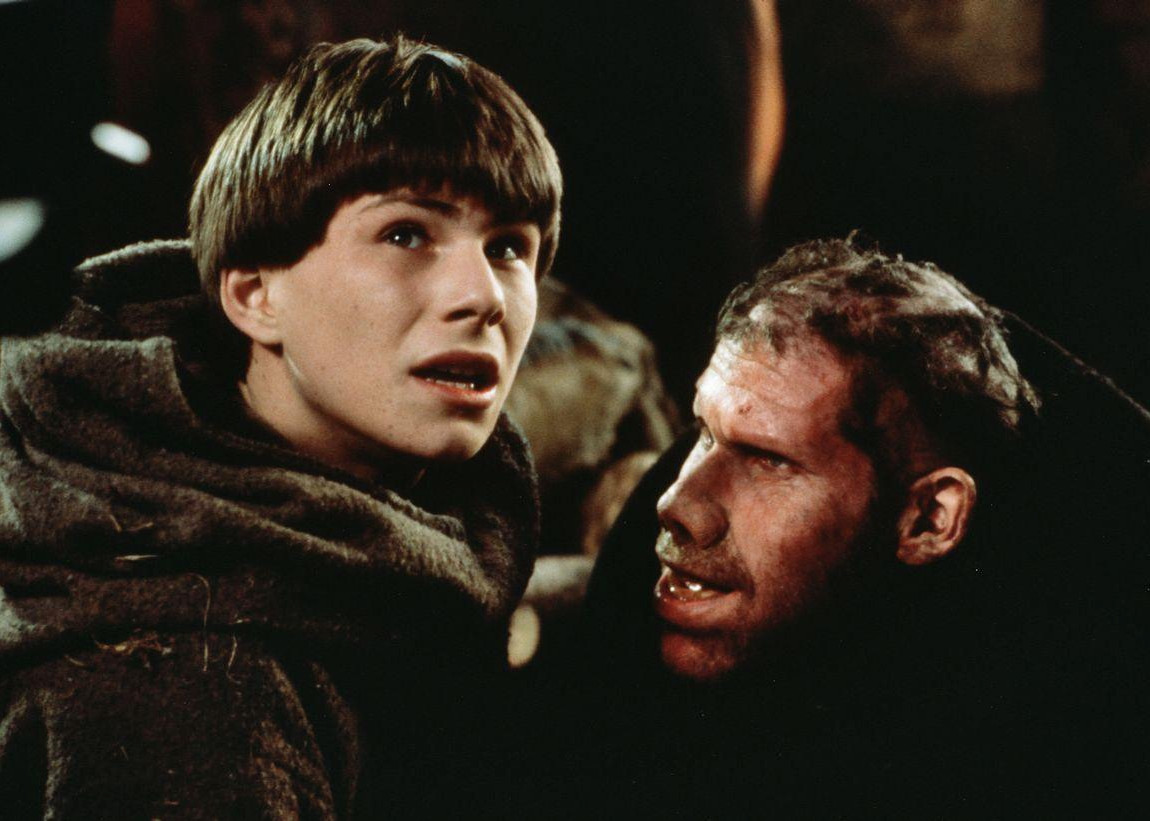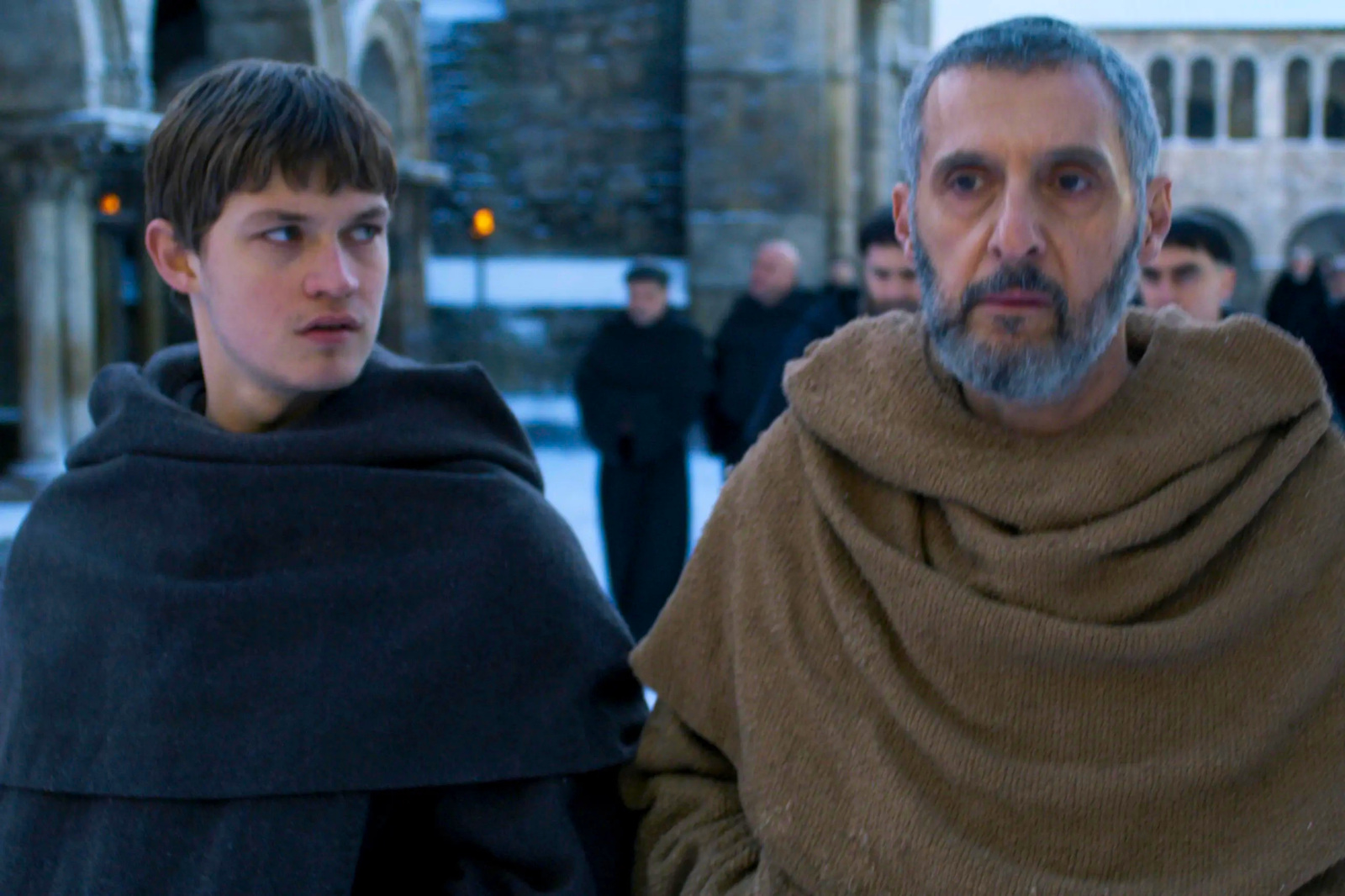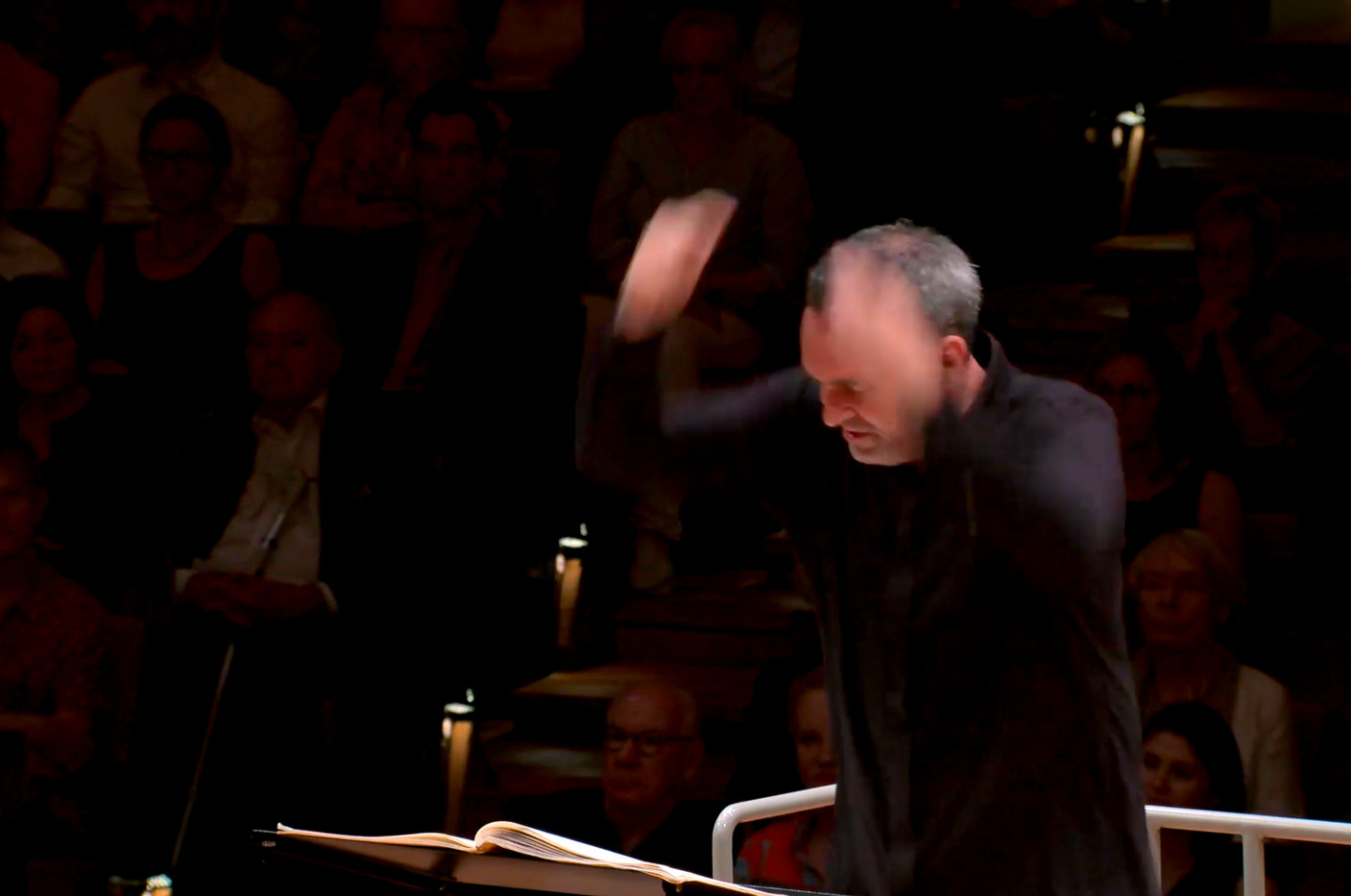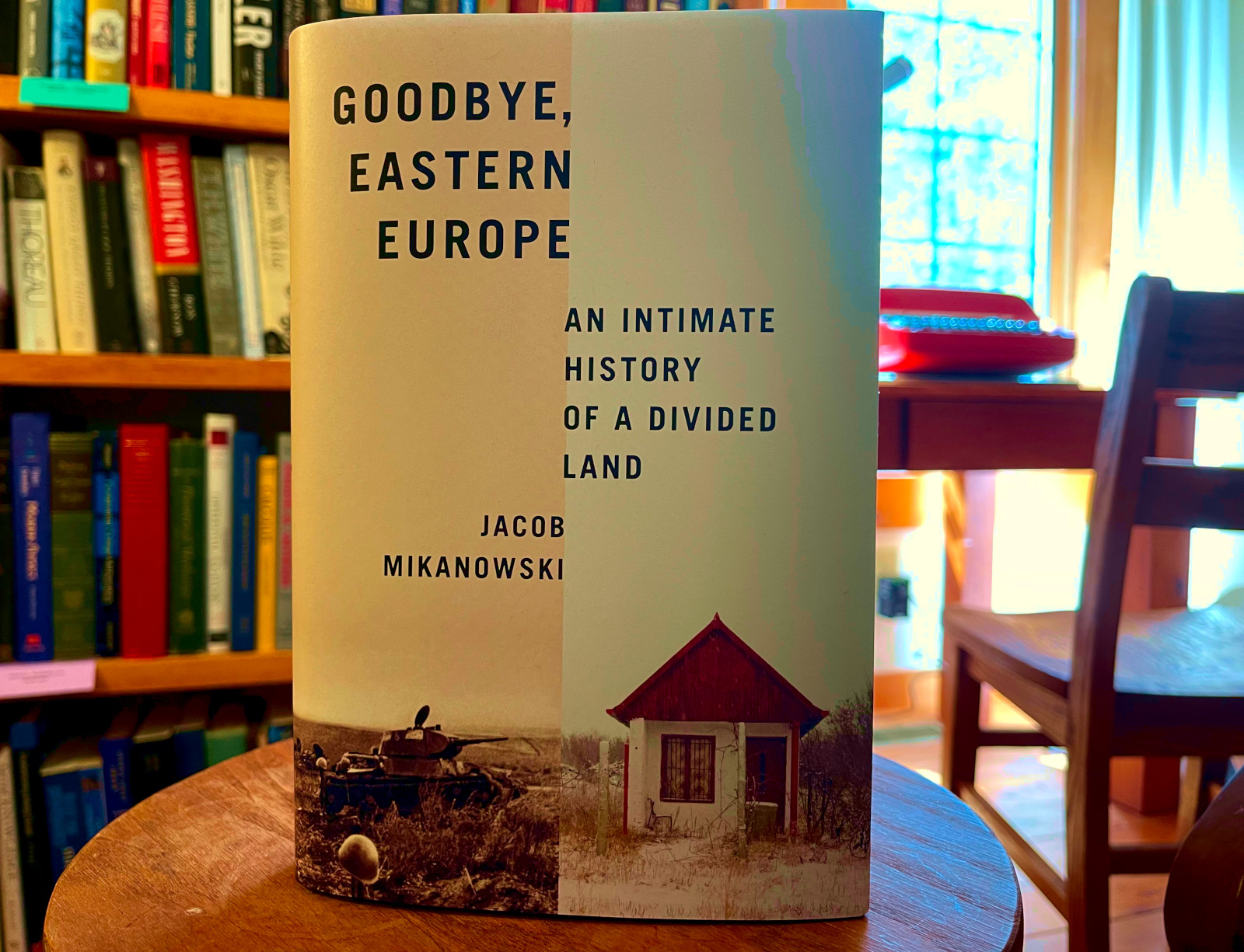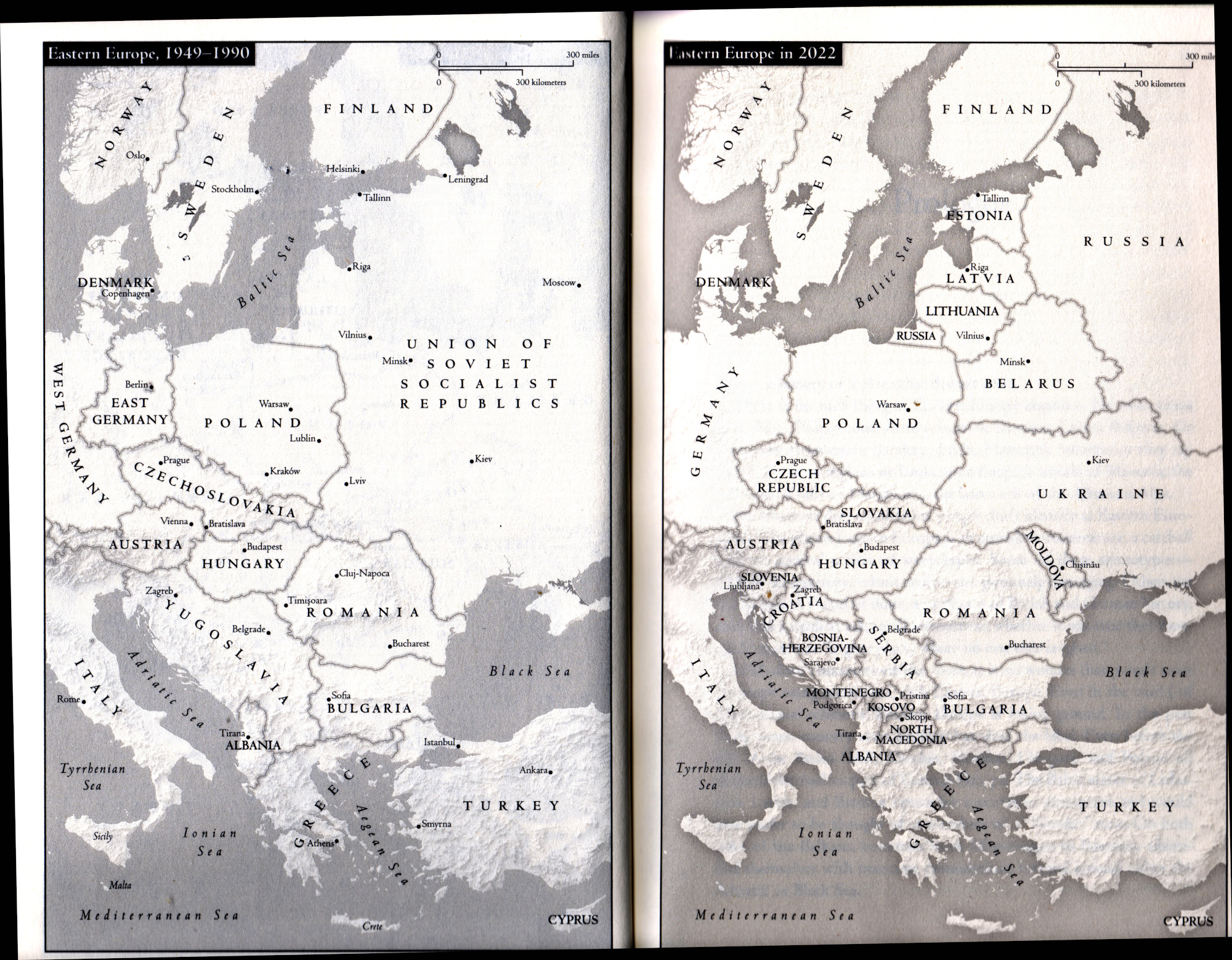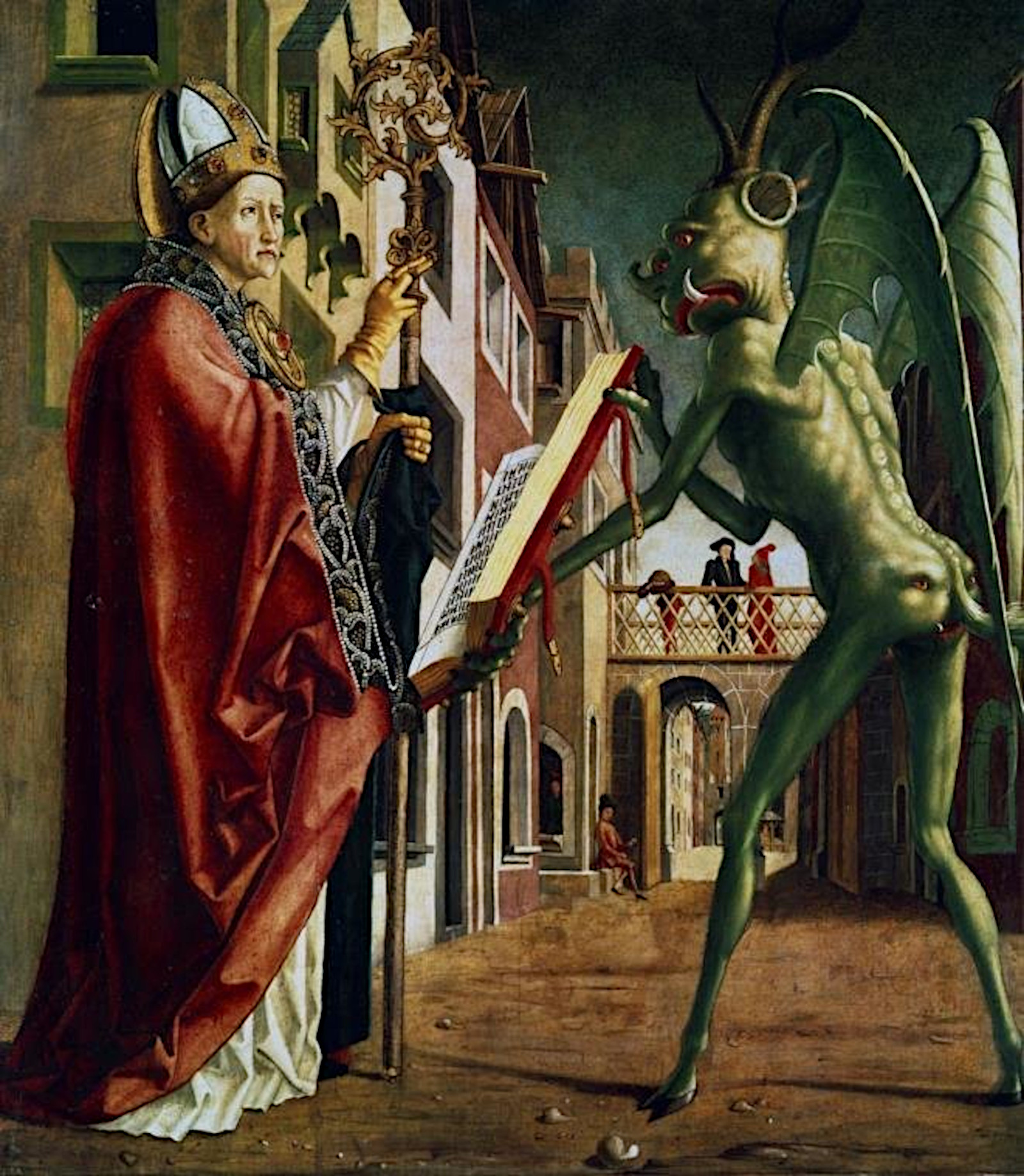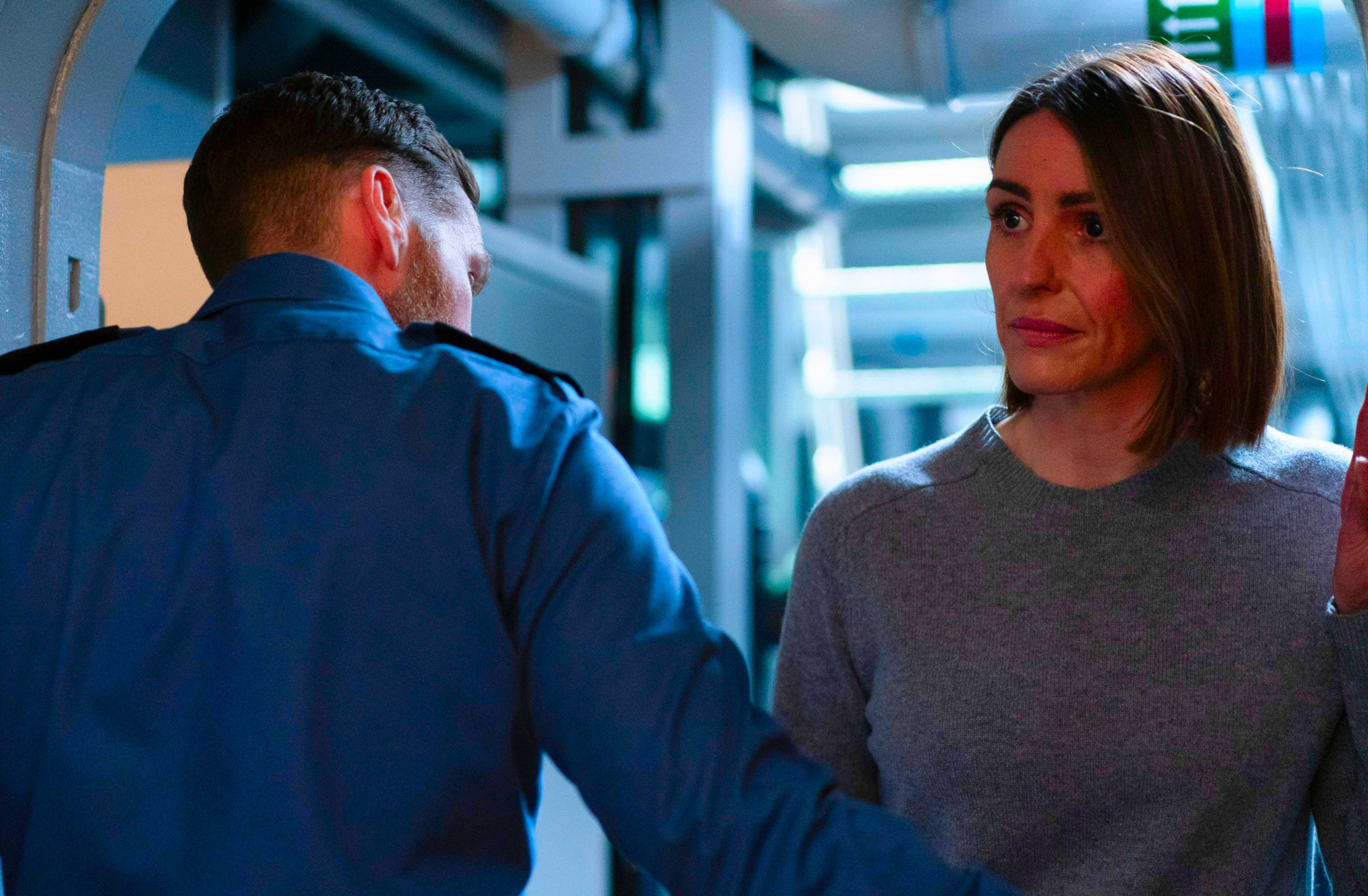When people ask me why I love Scotland, I have lots of answers. Most of them are nice, because there are so many nice things about Scotland. But I also have a snarky answer:
“Scotland,” I say, “is what white people are like when they aren’t Americans.”
We Americans are overexposed to wedge-issue social toxins and desperately underexposed to social glue. A train network, with stops in villages as well as cities, is a powerful social glue.
The village of East Linton is about 25 miles east of Edinburgh. Though East Linton is right on the route of the eastern train line between Edinburgh and London, the train station in East Linton had closed in 1964, and all the trains sped through without stopping. It was a very big deal when a new train station in East Linton opened a few days ago. There was a crowd, and there were bagpipes. The two people who made the video above are YouTube celebrities who travel around the United Kingdom making videos about trains.
A friend who lives in East Linton sent me the link to the video above. That new train stop will change his family’s life. They’ve been eagerly waiting for the new station to open. (The station, newly built, opened three months ahead of schedule. Scotland may have its ferry problems, but the trains are doing fine.)
Twenty to twenty-five minutes to Edinburgh Waverley! By car, it would be about 35 minutes or more.
On my first trip to the U.K. in 1985, I rode that train from Edinburgh back to London (there was no stop then in East Linton), and I’ll never forget it. North of Newcastle, the train line is often in sight of the English and Scottish coasts. That was my first-ever sight of those coastlines. Trips to other coasts — Wales, Cornwall, Ireland, and western Scotland — eventually followed.
It’s certainly true that Britain’s compact geography is much better suited to train travel than America’s sprawling vastness. American trains are good transportation between a few major cities, but there are no longer any passenger trains that are of any use to rural America. It’s all about cars now, of course. It could have been otherwise. But Americans wanted roads, not trains.
If the United States had invested in a train network rather than super-highways, would the country have fractured into a Red America and a Blue America? I doubt it.
The video above is a reminder that village life, in some places, still exists. We Americans have suburbs, and we have rural places. Villages? Not so much.
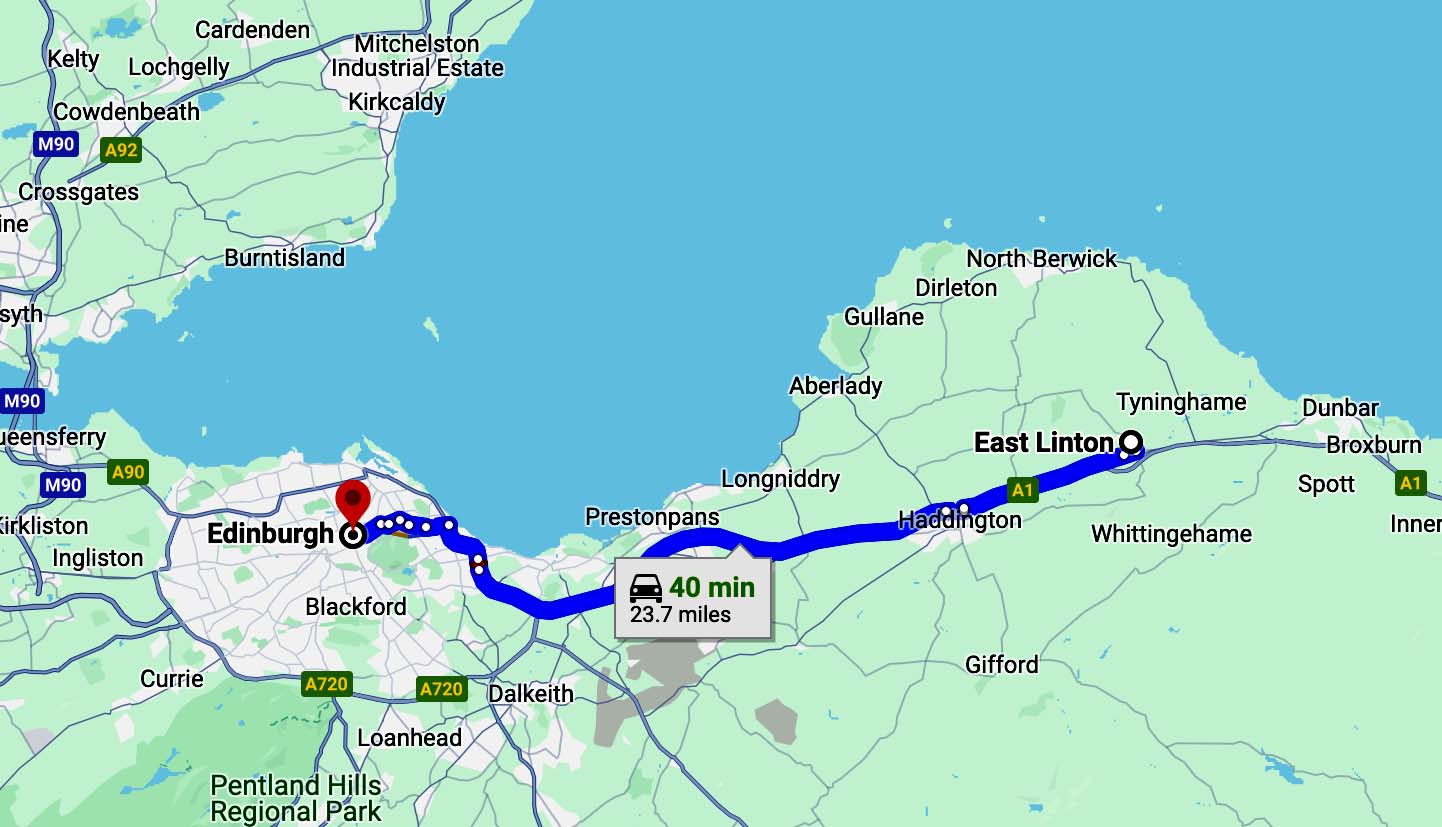
Five minutes of highlights, London to Edinburgh ⬇︎
Update:
Both the video above, and a comment on this post, mention the “Beeching closures” of the 1960s, when more than 7,000 miles of Britain’s railways were closed, supposedly in the name of modernization and efficiency. That this was a terrible mistake to which a certain kind of thinking always leads (in the U.S., think Republicans) is shown by how many stations have since been reopened. The man responsible for the closings was Richard Beeching, who was then chairman of British Railways. This deserves a political rant, but the video of the East Linton opening is so cheery, and speaks for itself so well, that I’m in no mood for a political rant.

